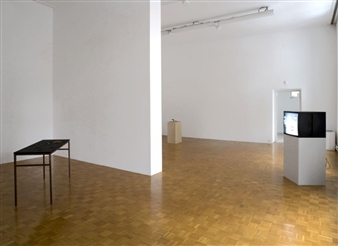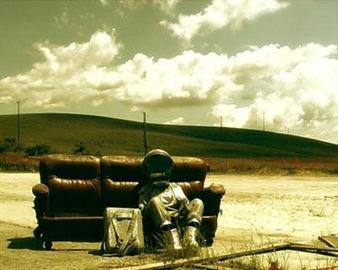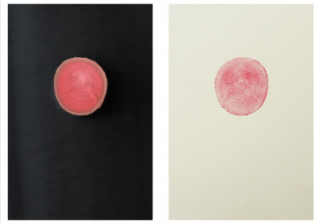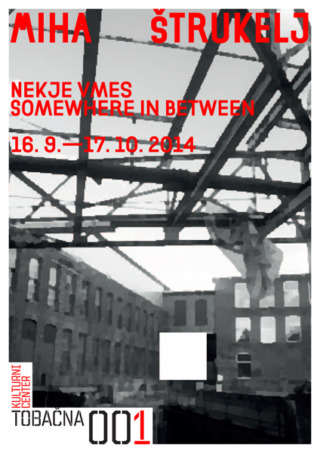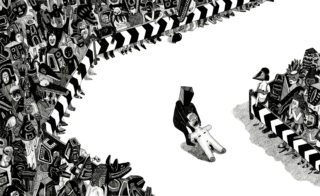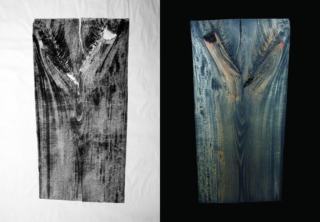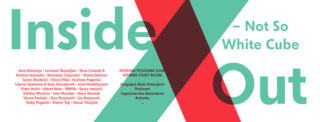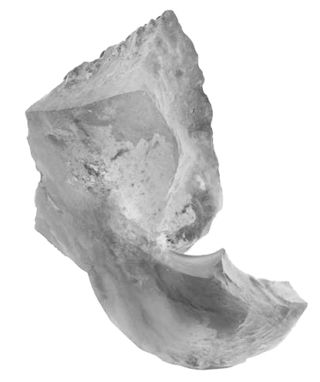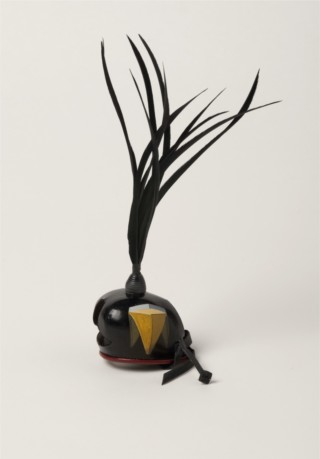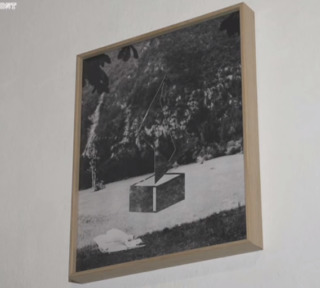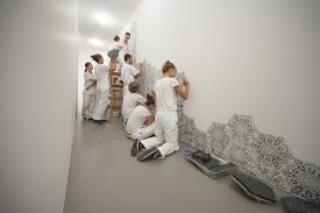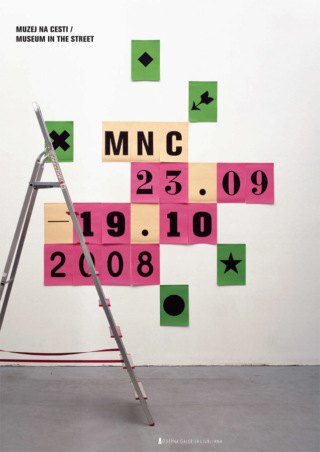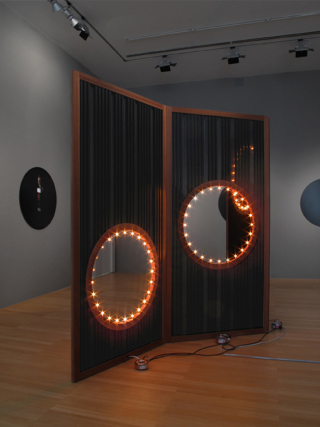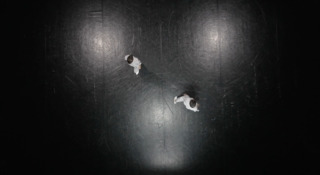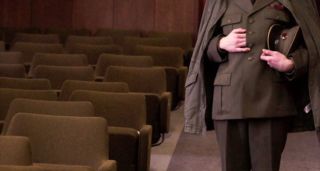Spielraum: Give Expression to Common Desires
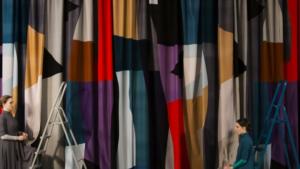
Mglc - International centre of graphic arts, Ljubljana, Ljubljana, 03/24/2015 - 05/10/2015
Pod turnom 3, 1000 Ljubljana
Spielraum – Give Expression to Common Desires, Slovenian APT artist Jasmina Cibic’s new installation at MGLC Ljubljana, forms the second chapter in the three part exhibition series Spielraum that was initiated at the Ludwig Museum Budapest earlier this year, and that will conclude with its final chapter at the Salon of the Museum of Contemporary Art in Belgrade in late 2015. The title of the series draws reference to the writing of one of Europe’s first political satirical writers: Karl Kraus. In his essay Spielraum (Playspace, 1912), Kraus fervently argues against the use of decoration in both language and architecture. Cibic reads Kraus in relation to the widespread phenomena of programmatic application of decoration across practically every (trans)national political structure within language and the built environment. Through film, performance, sculpture, and installation, Cibic’s multifaceted approach in Spielraum – Give Expression to Common Desires continues her query into the potential of the instrumentalisation of visual language, rhetoric and architecture in the construction of the State as spectacle throughout recent history and investigates how art and architecture can serve as soft power strategies of every political order.
Serving as a point of reference for Cibic, and for this chapter, are the plans and designs for the hosting of the first conference of the Non-Aligned Movement in Belgrade in 1961, a singular meeting of the representatives of states without alignment to the major power blocks.
The works in Spielraum – Give Expression to Common Desires re-configure the visual elements contained in the sketches, plans and drawings for the city with its unique pavilions, monuments and decorative additions intended to reimagine the image of the city.
For the exhibition at MGLC Ljubljana, Cibic is reconstructing one isolated architectural element in the exhibition space: the multicoloured stained glass ceiling from the grand staircase of the former Palace of the Federation. This architectural pawn is paired with a group of sculptural elements that double as exhibition seating whose shapes derive from the same architectural programme conceived of for the conference of the non-aligned. Presented in a flexible arrangement, the sculptures double as scores when activated by occasional performers. In addition, Cibic is presenting a new film that was shot on the site of the previous chapter at the Ludwig Museum in Budapest. The film, scored by musician Simon Fisher Turner, makes use of the sculptural and decorative elements in the exhibition and uses them as scenographic tools, as a semantic system that is acted out in fragments by performers across the galleries. Exhibition architecture and exhibited architecture are consciously confused, resulting in the architectures exhibiting each other.
Representative architecture has always functioned as a stage for political action and a vehicle for political thought. Buildings act as well as they establish circumstances; they function as actors and settings, choreographing the action and interaction that is to take place in them. The staging of a place, however, is not only dependent on the framing characteristics of the architecture itself; the nature of the actions performed and the way and context in which they are mediated cannot be underestimated when one speaks of architecture as political staging.
The key to this chapter, and perhaps to Jasmina Cibic’s work at large, is her play with fragmentation. Cibic isolates basic building blocks, be it in language, design or architecture, and represents them in isolation in the exhibition space. Upon encountering the quarantined fragments, the visitor cannot help but attempt to reconstruct them, to imagine them in their original formation, and in so doing encounters the foundation of ideological and political thought. Each element speaks of its place of origin infused with a variable effective half-life, charged with former ideologies that only slowly cool down over time. Cibic investigates these properties outside of their accustomed habitat and apart from their physical reality as communicative mediums that are charged (and recharged) with meaning and political programmatic. Isolated from their contexts, the architecture and its decorative features are thrown back on themselves in an endless loop – abstraction exists here only in isolation and latent composition.
For Spielraum – Give Expression to Common Desires, Jasmina Cibic focuses more closely on the theatrical properties of the patriotic spectacle. Through re-envisioning representative architecture as an isolated element, suspended between backdrop, prop, theatrical set and sculpture, the exhibition invokes political enactments referencing protocol and ritual while reimagining them freed of the burden of context and political narrative.
Curator: Anna Gritz
Conversation between Jasmina Cibic and Anna Gritz: Tuesday, 24th March 2015, at 6 p.m.
For More Information